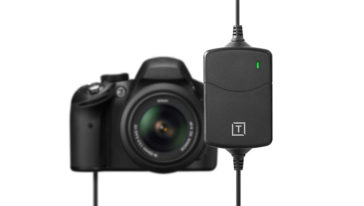
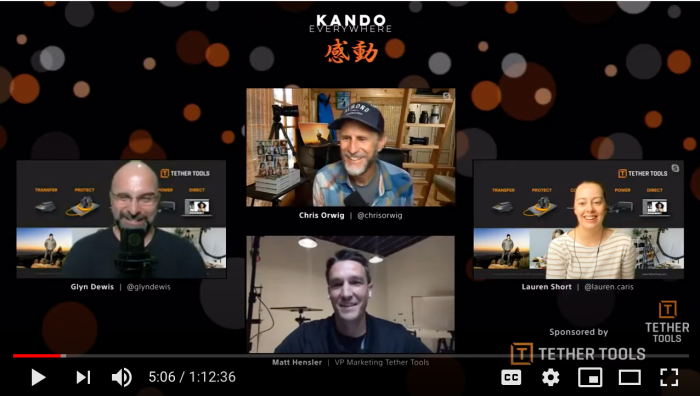
For months, COVID-19 has prevented us from attending the usual live industry events. Yet, Tether Tools has been glad to stay in front of photographers, alongside our dealers and pros at numerous online events and workshops. Recently, we had the opportunity to engage with the active community of Sony photographers at Kando Everywhere.
From 1:1 discussions, group chats in our virtual booth, and hosted presentation by Tether Tools Top Pros Chris Orwig, Lauren Short and Glyn Dewis, we had a lot of fun collaborating with Sony users around the globe.
One conversation in particular, merits sharing here. Our panel discussion on the topic of Limitless Creativity brought together three very different perspective on the role tethering plays in supporting and enhancing the creative process. While I’d encourage anyone to watch the full session live, these three key takeaways from the discussion are sure to have you thinking about, and applying, tethering in a different light.
Before the Workflow, See How Creativity Unfolds
Tethering creates advantages in directing composition, collaborating with clients, reducing post-production work and in general knowing exactly when you’ve got the shot.
Before going into your technical setup, all three of the pro photographers advised to spend some time with your subject to see how it, and the environment where you’re shooting, inspiring the vision for the image you want to create. Lauren suggests moving around and playing with whatever natural light exists in the environment. You can then use that simple exercise to direct how you set up the rest of your gear.
With your vision in mind, your technical workflow should be set up to help you achieve it.
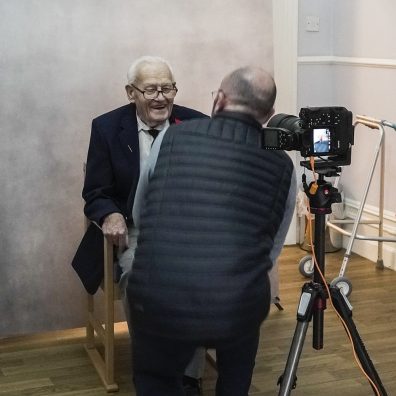
With your vision in mind, your technical workflow should be set up to help you achieve it.
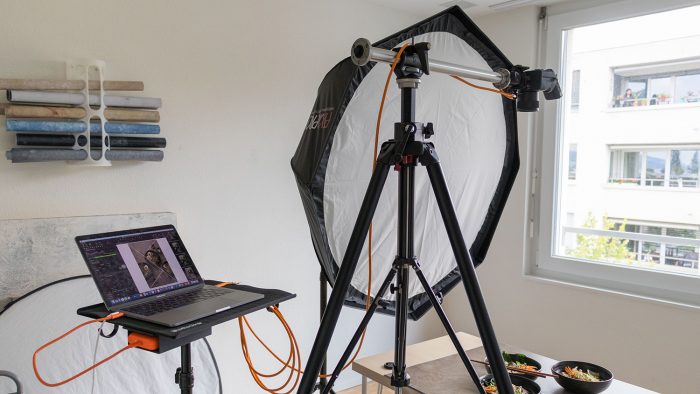
Tethering Has Evolved with Technology
Mastering the technical workflow opens creativity even more. In its most basic form, tethering involves a camera that can tether, device with tethering software that will ingest those images, and then a compatible cable that connects the two. Tether Tools is well known for its bright orange cables.
Beyond that basic setup, the tethered workflow has evolved to become a system that helps photographers not only to transfer images, but also to protect equipment, collaborate with others, keep their gear powered and direct their shoot through software applications that quickly bring the creative vision into focus.
Get Lauren Short’s Gear
-
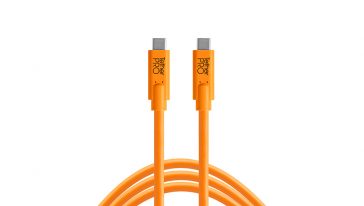
TetherPro USB-C to USB-C 5G Cable
Price range: $26.99 through $59.99 Select options This product has multiple variants. The options may be chosen on the product page -
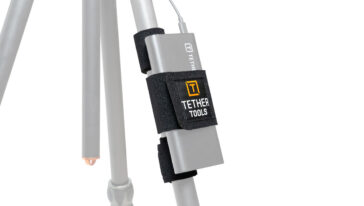
StrapMoore
$19.99 Add to cart
-
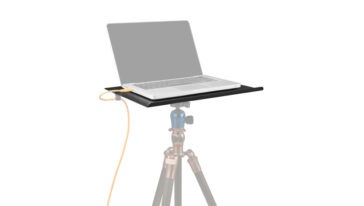
Tether Table Aero
$219.99 Select options This product has multiple variants. The options may be chosen on the product page -
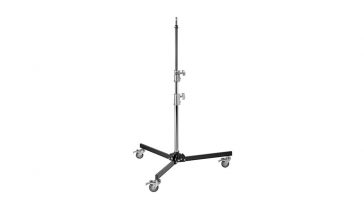
Rock Solid Low Boy Roller
$279.99 Add to cart

Get Chris Orwig’s Gear
-

Tether Table Aero
$219.99 Select options This product has multiple variants. The options may be chosen on the product page -

Aero Sunshade
$99.99 Add to cart
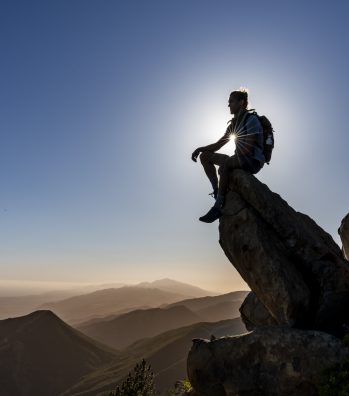
Get Glyn Dewis’ Gear
-

TetherPro USB-C to USB-C 5G Cable
Price range: $26.99 through $59.99 Select options This product has multiple variants. The options may be chosen on the product page -

Tether Table Aero
$219.99 Select options This product has multiple variants. The options may be chosen on the product page -

TetherBlock®
$99.99 Add to cart
-
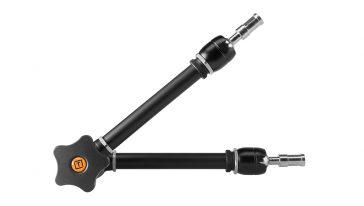
Rock Solid Master Articulating Arm
$89.99 Add to cart -
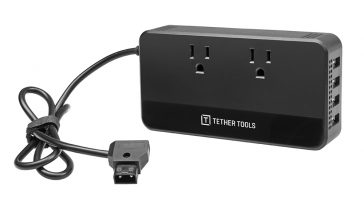
ONsite D-Tap to AC Power Supply
$89.99 Select options This product has multiple variants. The options may be chosen on the product page
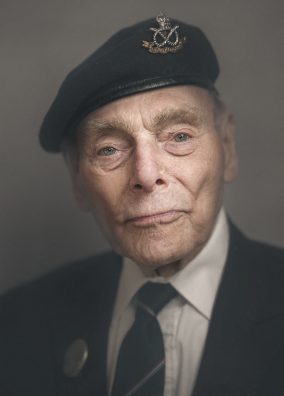
This advice was shared by Chris from another photographer’s comments that have stuck with him throughout his career. From a business perspective, photographers get commissioned by clients to produce images for any number of reasons. From new products, to family portraits, school photos, high fashion and more, satisfying the client is your number one priority in most shoots.
At the same time, each set is an opportunity to build your skills, evolve your style and push the craft of photography in the world a little bit further. So, for each shoot, be sure you capture the image your client hired you for. Then make sure you get one that feeds your creativity and inspires you to pursue the next shoot.
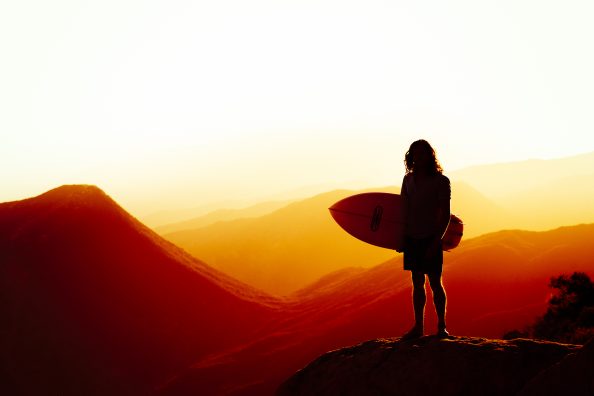
For those who tether, there is recognition that it is an essential link between the photographer and their process. If you’re interested in hearing more about the symbiotic relationship between tethering and creativity, view the entire session.



